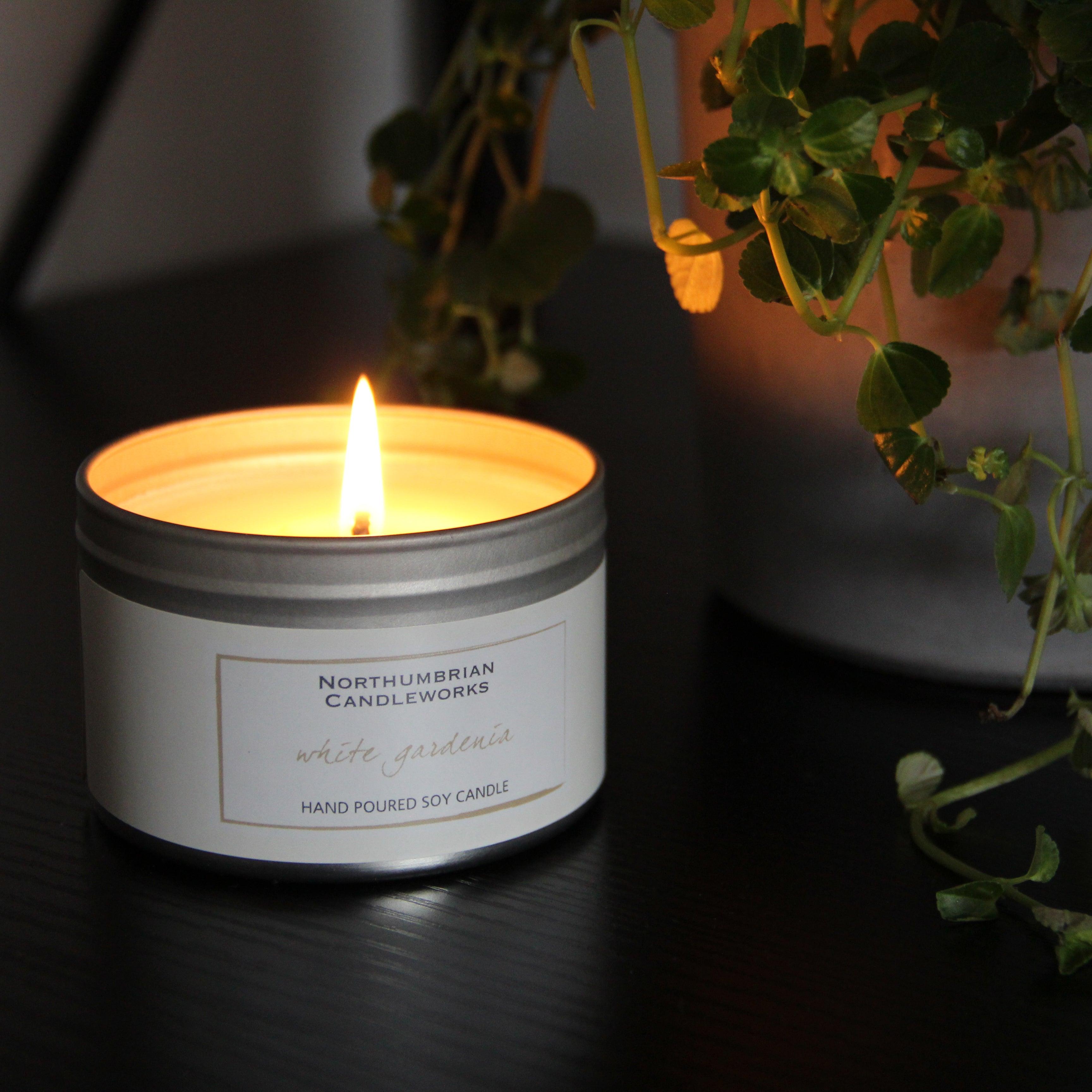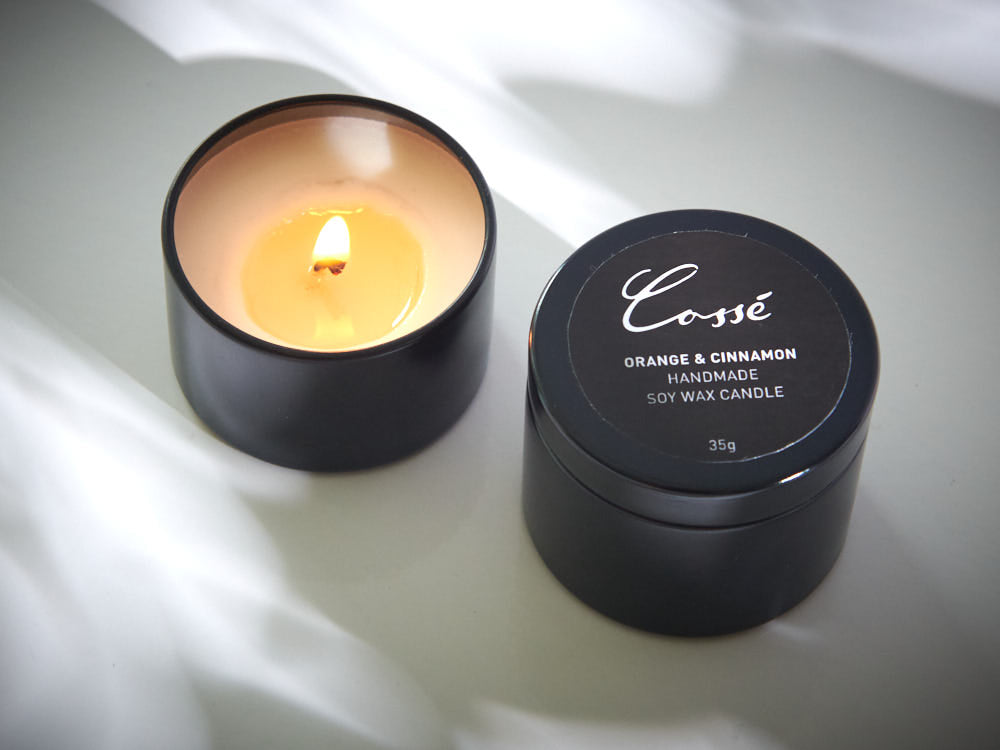Explore the Globe of Crystal Soy Candles and Home Fragrance Delights
Explore the Globe of Crystal Soy Candles and Home Fragrance Delights
Blog Article
From Wick to Wax: Comprehending the Chemistry Behind Soy Wax Candles and Their Environmental Impact
As we brighten our rooms with the cozy radiance of candle lights, there lies a realm of complex chemistry behind the relatively basic act of lighting a soy wax candle. The choice in between soy and paraffin wax expands beyond mere looks, diving into the world of environmental effect and the very composition of the products. Recognizing the molecular framework of soy wax and its combustion procedure loses light on the exhausts launched right into our environments. Join us as we unwind the clinical ins and outs behind soy wax candles and discover their ramifications on our atmosphere.
Soy Wax Vs. Paraffin Wax
When comparing soy wax and paraffin wax for candle light production, it is necessary to comprehend the distinct characteristics and benefits of each material. Soy wax is an all-natural, renewable energy derived from soybean oil, making it green and eco-friendly - crystal soy candles. On the other hand, paraffin wax is a result of oil refining, which increases worries concerning its ecological effect and sustainability
Soy wax candle lights shed cleaner and discharge less soot contrasted to paraffin wax candle lights, making them a much healthier choice for indoor air high quality. Furthermore, soy wax has a reduced melting point, enabling a longer-lasting candle light that spreads scent a lot more effectively. Paraffin wax, on the various other hand, has a tendency to burn faster and less easily, potentially launching unsafe chemicals into the air.
From a sustainability perspective, soy wax is favored for its biodegradability and renewable sourcing, straightening with the expanding customer choice for eco mindful items. While paraffin wax has been a standard choice in candle light making because of its cost and ease of usage, the shift towards environmentally friendly options like soy wax is acquiring momentum in the industry.
Chemical Structure of Soy Wax

Combustion Process in Soy Candles
The chemical structure of soy wax straight affects the combustion procedure in soy candle lights, influencing elements such as melt time, fragrance release, and environmental effect. When a soy candle is lit, the heat from the fire thaws the wax near the wick. This fluid wax is then created the wick as a result of capillary action. As the liquid wax reaches the flame, it evaporates and undergoes combustion. The combustion process involves the vaporized hydrocarbons in the wax responding with oxygen in the air to create warmth, light, water vapor, and co2.
The burning performance of soy candle lights is affected by the purity of the soy wax and the quality of the wick. Additionally, soy wax candle lights have a reduced ecological influence compared to paraffin candles due to their biodegradable and renewable nature.

Ecological Benefits of Soy Wax

Considered a sustainable alternative to conventional paraffin wax, soy wax offers notable environmental benefits try this website that make it a prominent option among eco-conscious customers. One substantial advantage of soy wax is its renewable sourcing. Soy wax is acquired from soybean oil, which is predominantly grown in the USA. The cultivation of soybeans aids sustain neighborhood farmers and reduces the reliance on non-renewable fossil fuels used in paraffin wax production. In addition, soy wax is eco-friendly, indicating it breaks down normally without launching harmful toxic substances into the setting. This characteristic makes soy wax candle lights a much more eco pleasant alternative compared to paraffin wax candles, which are made from oil, a non-renewable source. Additionally, soy wax burns cleaner and produces much less residue than paraffin wax, adding to much better interior air top quality and decreasing the requirement for cleansing and upkeep. On the whole, the ecological advantages of soy wax straighten with the growing need for environment-friendly and sustainable products out there.
Recycling and Disposal Factors To Consider
Recycling and appropriate disposal of soy wax candle lights play a crucial duty in maintaining ecological sustainability and lowering waste in neighborhoods and homes. When it comes to recycling soy wax candles, the primary step is to guarantee that the candle has actually melted totally. This can be attained by enabling the candle to melt until the wick is no longer usable, and afterwards letting the staying wax cool and strengthen. Once the wax has actually strengthened, it can be carefully eliminated from helpful resources the container.

In regards to disposal, if recycling is not an option, soy wax candle lights are eco-friendly and can be safely gotten rid of in many family waste systems. Nonetheless, it is constantly advised to talk to regional recycling facilities or waste management solutions for certain guidelines on candle light disposal to ensure appropriate handling and environmental defense.
Verdict
In conclusion, the chemistry behind soy wax candles reveals their ecological advantages over paraffin wax candles. Soy wax, acquired from soybean oil, burns cleaner and creates much less residue when contrasted to paraffin wax.
When comparing soy wax and paraffin wax for candle production, it is crucial to recognize the unique qualities and advantages of each product (soy candles).Soy wax candle lights burn cleaner and release less soot contrasted to paraffin wax candle lights, making them a much healthier option for indoor air high quality.Considered a sustainable alternative to typical paraffin wax, soy wax offers remarkable environmental advantages that make it a prominent option among eco-conscious customers. Soy find more wax burns cleaner and produces less residue than paraffin wax, contributing to better interior air quality and decreasing the need for cleaning and upkeep.In conclusion, the chemistry behind soy wax candles exposes their environmental advantages over paraffin wax candle lights
Report this page